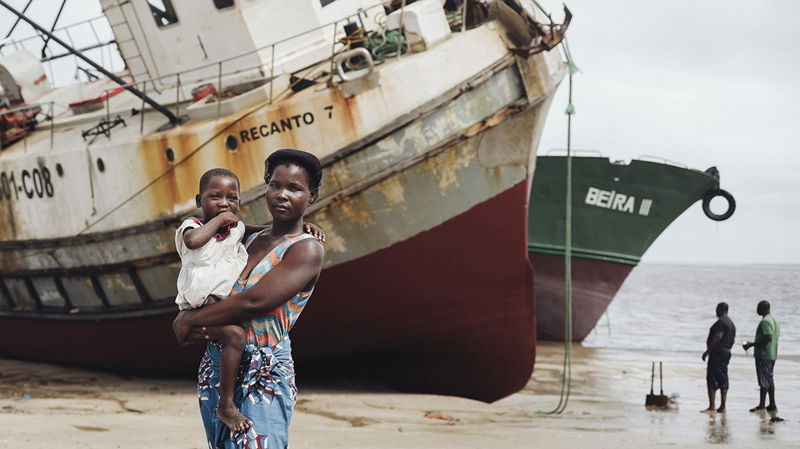Long-term work reducing child hunger

In Burundi, centres maintained by the Red Cross prevent and treat malnutrition in children e.g. by teaching people how to prepare balanced meals.
Hunger is a frighteningly common visitor to Burundian homes.
More than half of children under five years of age suffer from stunted growth due to malnutrition. Many small children and pregnant women frequently also suffer from anaemia.
One of the children who used to suffer from hunger is Christa Ariella Akimana. 18 months ago she was diagnosed with severe malnutrition.
Her grandmother Angéline Kabura explains that for six months, the girl had no appetite and she did not move around or play.
Now, however, Ariella is healthy, “better than normal.” She received aid in the learning and nutrition centre maintained by the Burundi Red Cross and has recovered.
Preventive treatment

The learning and nutrition centres are part of an EU-funded project that also involves the Finnish and Spanish Red Cross organisations. The project improves the well-being of communities e.g. by improving food security and water supply, preventing sexual and gender-based violence and examining and treating malnourished children.
In order to treat child malnutrition, a total of 68 health and nutrition committees have been established in three communes, each employing trained community workers and volunteers.

The centres screen malnutrition in children by regularly measuring children’s arm circumference.
If the results point to malnourishment, the child is guided to receive further treatment. Malnourished children receive additional nutrients and parents are instructed on how to prepare balanced meals.
Women who are breastfeeding or pregnant are also instructed in the prevention of malnourishment. The most severe cases are treated in hospitals.
“We used to feed them badly, because we did not know better,” states Ariella’s grandmother Angéline Kabura.
Since 2020, more than 102,000 children under the age of five have taken part in the nutrition screening organised by these centres.

The mothers volunteering at the centres are called Mama Light.
“I have been volunteering as a Mama Light for two years now and have seen the illnesses related to malnutrition decrease in our community. There has been positive progress in the nutrition of children and pregnant women,” says Dorine Nihorimbere.
Indeed, most children coming to the centre are healthy.
One-year-old Kevine Iratabara has just been through the malnutrition examination with the assistance of a nutrition volunteer, i.e. Mama Light. The child’s results are normal.

Annick Bella has come for her second measurement. The results are now normal, while just a year ago she was malnourished. This shows that the work yields results.
Watch the video to learn more about the malnutrition work.


Development cooperation

